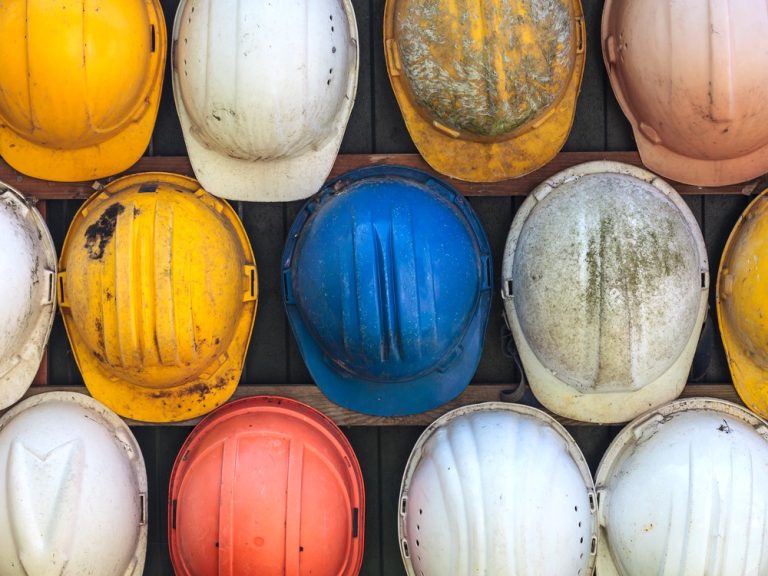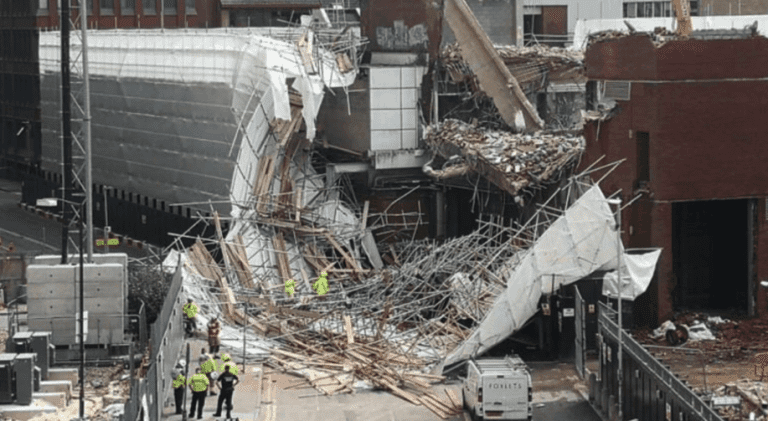Great Britain’s workplace regulator is asking demolition and construction firms to double-down on thorough planning, management and control of demolition and refurbishment work. The Health and Safety Executive (HSE) is asking that businesses properly plan, organise, manage, and monitor their work and use competent people to avoid incidents and ill health amongst their workers and the public. It is reminding companies that the safer they are, the more efficient they are. Good health and safety management increases the likelihood of contracts coming in on time and within budget with fewer added costs, and often to a higher quality. In the past year HSE has dealt with prosecutions involving severe injuries and fatalities as a result of poorly planned demolition work. This has included: A contractor who suffered serious injuries when a single-story roof he was demolishing by hand, collapsed at a construction site in Cobham, Surrey. A 64-year-old man who was killed when a garage wall at a garden in Hampshire collapsed on him during demolition, after a contractor who was operating a digger failed to put an exclusion zone in place whilst carrying out the work. A 21-year-old employee who was killed whilst dismantling a redundant grain drying tunnel at a farm in Kent when a farming partnership failed to ensure the integrity of the structure during the dismantling process. An employee who sustained injuries to his shoulder, and a fractured heel and ankle when he was hit by falling debris from a garage wall in Clitheroe that was being demolished in an unsafe manner. A contractor who was prosecuted for disturbing asbestos and damaging underground cables during demolition works at a site in Blackburn, causing severe disruption to services. The operator of a cherry picker who sustained life-changing injuries when he became trapped during a demolition operation at a site in Greater Manchester. A HSE investigation found the vehicle he was operating was not suitable for the task and had not been fitted with propriety devices to avoid the likelihood of operators being crushed. HSE is reminding contractors that it is crucial to complete a survey ahead of demolition work including structural investigation and appraisal, which considers the age of the structure, type of construction, history of the building including alterations and design codes used to avoid an uncontrolled collapse. Specific consideration should also be given to the effect of additional weight of demolition machinery and debris on suspended floors; and the risks to nearby buildings and structures. HSE’s head of construction Sarah Jardine said: “Structural instability can be a problem in buildings that are old, decayed, poorly maintained, and in newer buildings that have been badly designed and constructed or abused in use. “Even sound structures can become unstable because of a lack of planning of construction and demolition work.” She added: “It is easy to get it wrong even on small, straightforward structures, which makes it even more important to put the planning in place when it comes to demolishing large, complex structures. Demolishing these types of structures is a particularly hazardous activity and doing it safely is highly complicated and technical, so relevant expertise is vital. These jobs require careful planning and execution by contractors who are competent in the full range of demolition techniques and have access to designers and engineers with the right knowledge, skills, and experience in this area.” A systematic approach to demolition projects should be a team effort. Clients must appoint professionals who have the relevant skills, knowledge, experience, organisational capability, and who are adequately resourced. Clients, with the help of the principal designer must provide essential pre-construction information to the relevant designers and engineers. This should include a range of surveys and reports to check for presence of asbestos, structural stability, and the location of above and below ground live services. It is the principal designer’s responsibility to plan, manage, monitor, and coordinate health and safety issues in the pre-construction phase to ensure principal contractors are provided with relevant information to enable them to put safety measures in place. Once the demolition work has begun it is the principal contractor’s responsibility to plan, manage and monitor the demolition activities and coordinate work to ensure that it is carried out without risks to health and safety. While site managers must ensure workers are supervised and are following safe working practice. Sarah Jardine added: “Incidents caused by poor planning and risk management can have substantial human costs that are felt for many years by the victims and their families. “In addition to the impact on people’s lives, incidents can also lead to substantial remediation costs, higher insurance premiums, and, if HSE investigates, court fines and prison sentences, which will inevitably impact reputations. “As well as being morally right, it is simply common sense and good business to ensure rigorous planning, organising, managing and monitoring of the whole project.”













